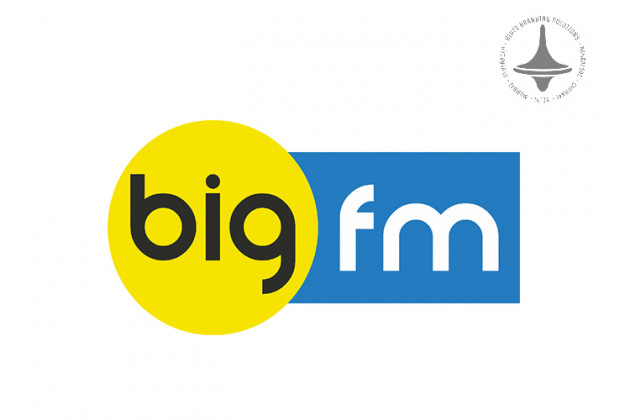Precision Audience Targeting | Magazine Advertising | Digitally

In the age of digital dominance, traditional advertising methods like print and magazine ads often get overlooked. However, print media remains a powerful tool—especially when it comes to precision audience targeting. Brands that understand the value of placing their messages in front of the right readers can still reap significant rewards from well-executed print campaigns.
Understanding Precision Targeting in Print
Precision audience targeting in print refers to the
strategic placement of ads in publications that cater to a highly specific
demographic or niche audience. Unlike broad-spectrum advertising, this approach
focuses on reaching readers who are already interested in the subject matter or
lifestyle associated with a brand's product or service.
By aligning print ads with relevant content,
marketers can ensure that their message resonates more deeply and drives higher
engagement.
Why Print and Magazines Still Matter
Despite the growth of digital platforms, print
media holds a unique place in the advertising landscape:
- Credibility & Trust:
Print publications are often seen as more trustworthy and credible
compared to digital sources.
- Less Cluttered Space:
Unlike the endless stream of digital ads, print ads enjoy more visibility
and less competition.
- Longer Shelf Life:
Magazines often remain in homes, offices, or waiting rooms for weeks or
even months, offering extended exposure.
Strategies for Precision Targeting in Print
To leverage print advertising effectively,
marketers must implement specific targeting strategies:
1. Choose
the Right Publication
Begin by identifying magazines or newspapers that
align with your target audience's interests. Whether it’s a fashion magazine, a
business journal, or a niche hobby publication, the goal is to meet your
audience where they already are.
2. Utilize
Readership Data
Most print publishers provide detailed
demographics about their readership—age, income, profession, lifestyle habits,
etc. Use this data to determine if the publication’s audience matches your
ideal customer profile.
3. Geographic
Targeting
For localized campaigns, focus on regional
publications. This is especially useful for small businesses or events that
only serve specific areas.
4. Contextual
Relevance
Align your ad’s message with the editorial
content. An ad for luxury skincare in a beauty-focused magazine feels more
natural and effective than the same ad in a tech magazine.
5. Special
Editions and Inserts
Many publications offer themed issues or
advertorial opportunities. Participating in these editions can help you engage
a hyper-targeted audience.
Measuring Success
While tracking print ads isn't as straightforward
as digital, there are several ways to measure impact:
- Dedicated URLs or QR Codes:
Direct readers to a specific landing page to measure engagement.
- Coupon Codes: Include
exclusive discounts to track conversions.
- Customer Surveys: Ask new
customers where they heard about your brand to gather qualitative data.
The Hybrid Approach: Print + Digital
To maximize reach, many brands are adopting a
hybrid model—pairing print ads with digital campaigns. This creates multiple
touchpoints and reinforces brand messaging across different channels. For
example, a print ad can drive readers to a social media contest or a product
launch event.
Final Thoughts
Precision audience targeting in print and
magazine advertising is far from outdated—it’s evolving. With the right
strategy, print can deliver focused, credible, and lasting impressions that
digital sometimes struggles to match. When integrated smartly into a
multi-channel campaign, it becomes a potent tool in a brand’s marketing
arsenal.
Elyts Advertising and Branding Solutions | www.elyts.in (India) | www.elyts.agency (UAE)






















Leave a Comment